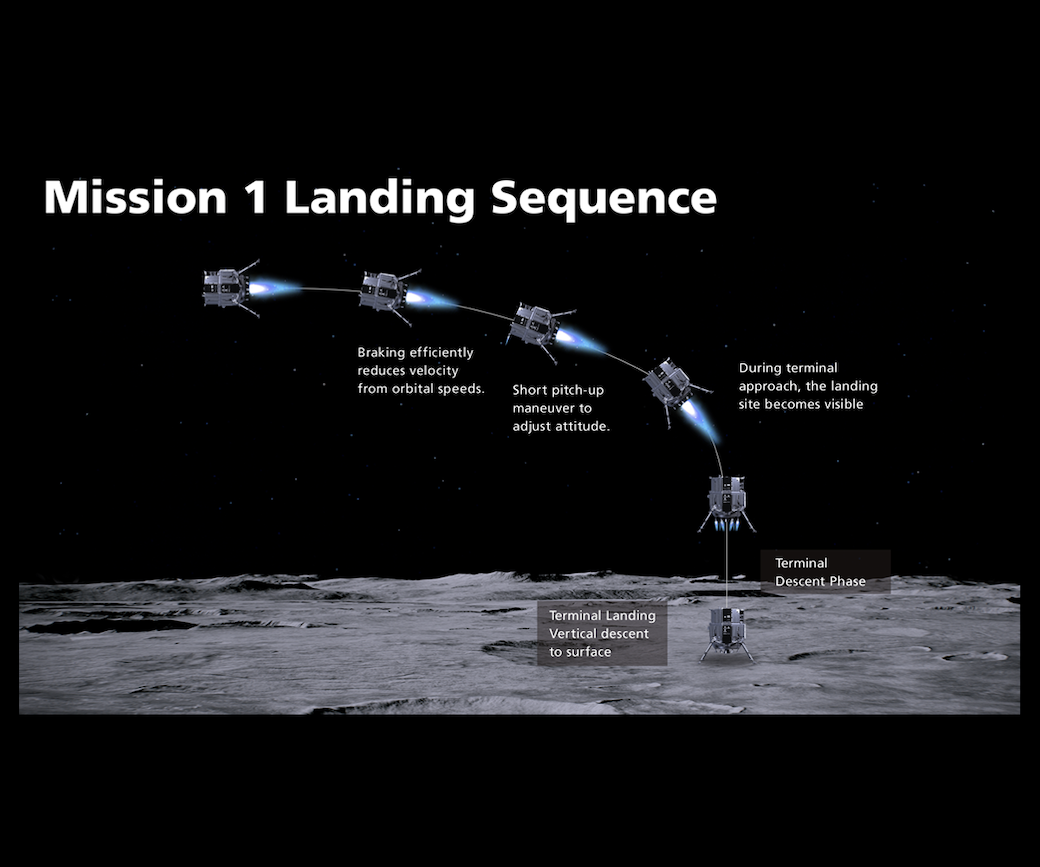
Credit: Ispace
COLORADO SPRINGS—Ispace is making final preparations for its Hakuto-R Mission 1 lunar landing attempt on April 25. “Everything is ready. We’ve already done everything we could do,” ispace CEO Takeshi Hakamada said at the Space Symposium here on April 20. “All the hardware is functioning well.”...
Subscription Required
‘Everything Ready’ For Ispace Lunar Landing Attempt is published in Aerospace Daily & Defense Report, an Aviation Week Intelligence Network (AWIN) Market Briefing and is included with your AWIN membership.
Already a member of AWIN or subscribe to Aerospace Daily & Defense Report through your company? Login with your existing email and password.
Not a member? Learn how you can access the market intelligence and data you need to stay abreast of what's happening in the aerospace and defense community.




